Ufa: the meeting of the East and West on the Belaya River
Guests of the capital city of Bashkortostan Ufa always note the friendliness and hospitality peculiar to local residents. Ufa residents really love their homeland and are always happy to show visitors its beauty and show them the basic elements of culture. Here the East and the West, antiquity and modernity intertwined. The history of Ufa is a story about how the freedom-loving Bashkir people tried to find a compromise and maintain their cultural identity alongside the great empires.
Отели города Ufa
See all
Restaurants

Hefner
Night Club • Steak House • Karaoke • Banquet room • Sports bar
+7 347 2855555
Payment methods:

BEEF
Club • Banquet room • Grill bar • Hookah bar
+7 347 2949994
Payment methods:

Biggie Smoke
Hookah bar
+7 917 3722828
Payment methods:

Buffet cafe
Banquet room • Café
+7 347 2729100
Payment methods:
All sights in UfaSee all
Places of interest in Ufa
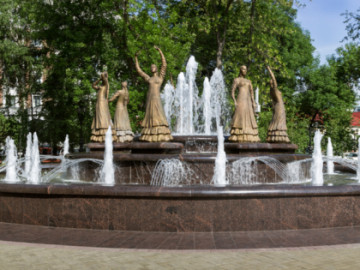
Opera and Ballet Theatre
Other places
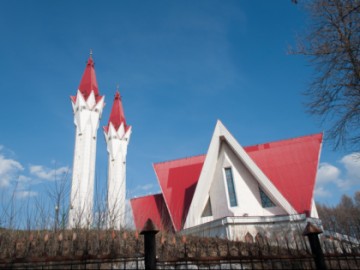
The Lyalya-Tyulpan Mosque
Architectural Monuments • Other places
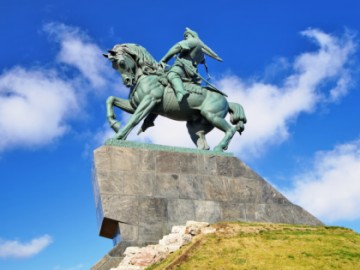
Monument to Salavat Yulayev
Architectural Monuments
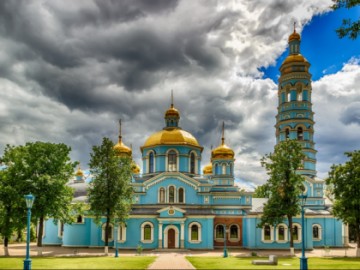
Church of the Nativity of the Virgin
Architectural Monuments • Temples and places of worship • Cathedrals and churches • Other places
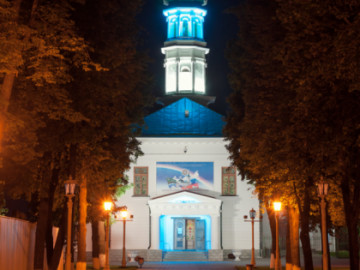
Ufa Cathedral Mosque
Architectural Monuments • Temples and places of worship • Mosques
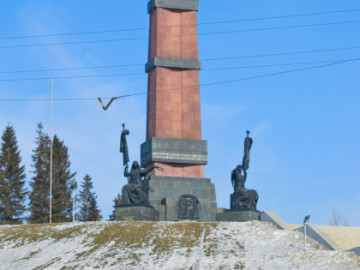
Friendship Monument
Architectural Monuments
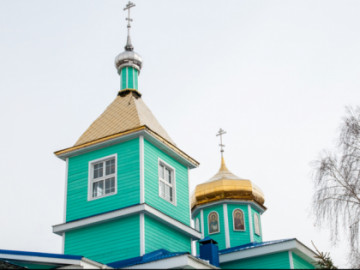
St. Sergius Cathedra
Architectural Monuments • Temples and places of worship • Cathedrals and churches
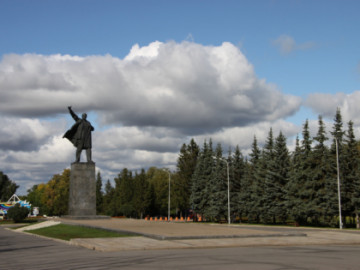
Lenin Square
Other places
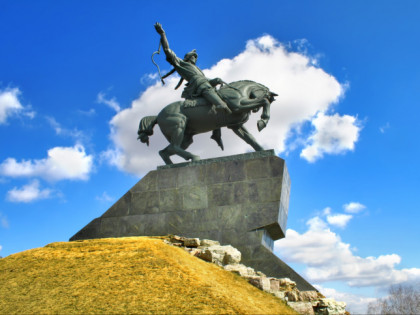
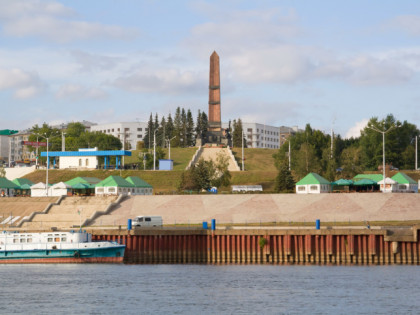
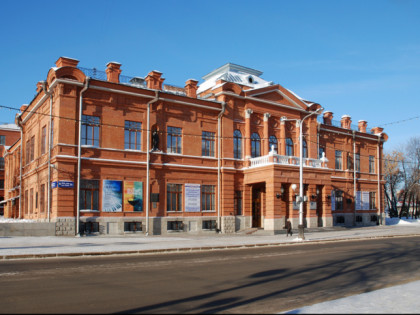
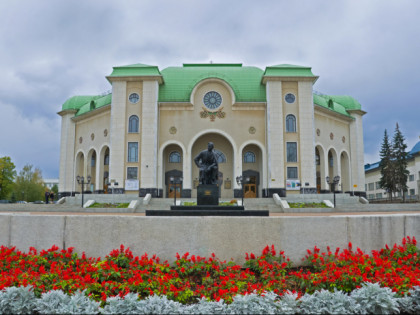
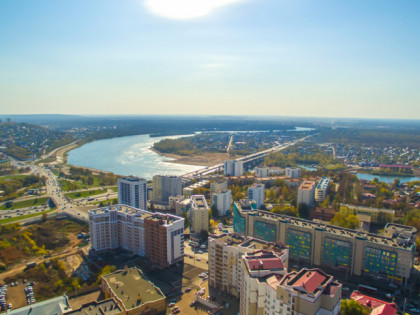
 Museums and Exhibitions
Museums and Exhibitions
 Other places
Other places
 Architectural Monuments
Architectural Monuments
 Temples and places of worship
Temples and places of worship